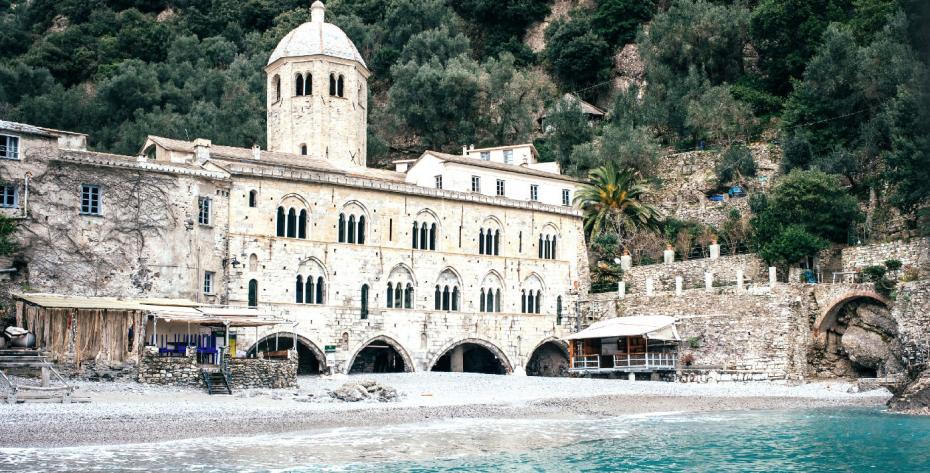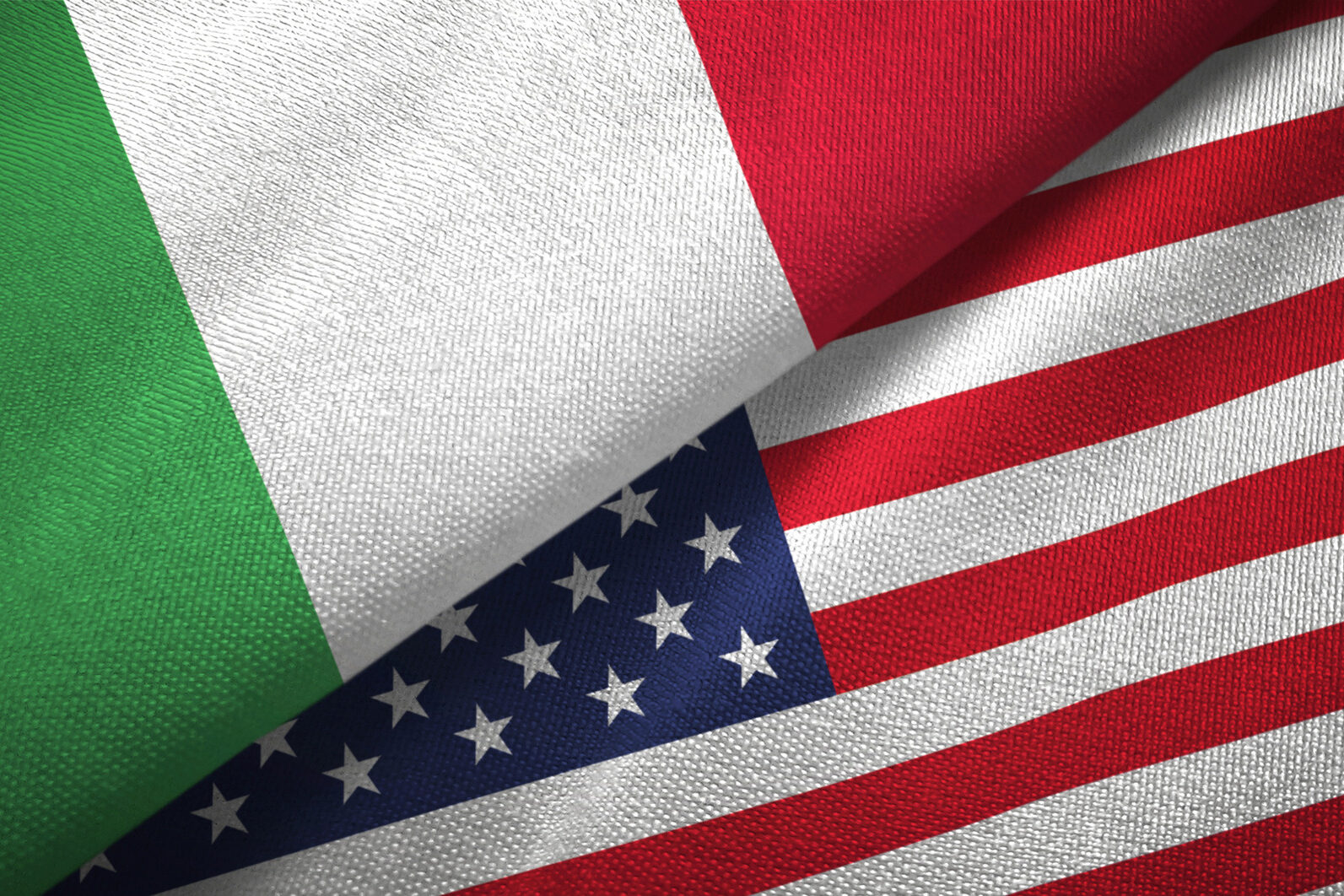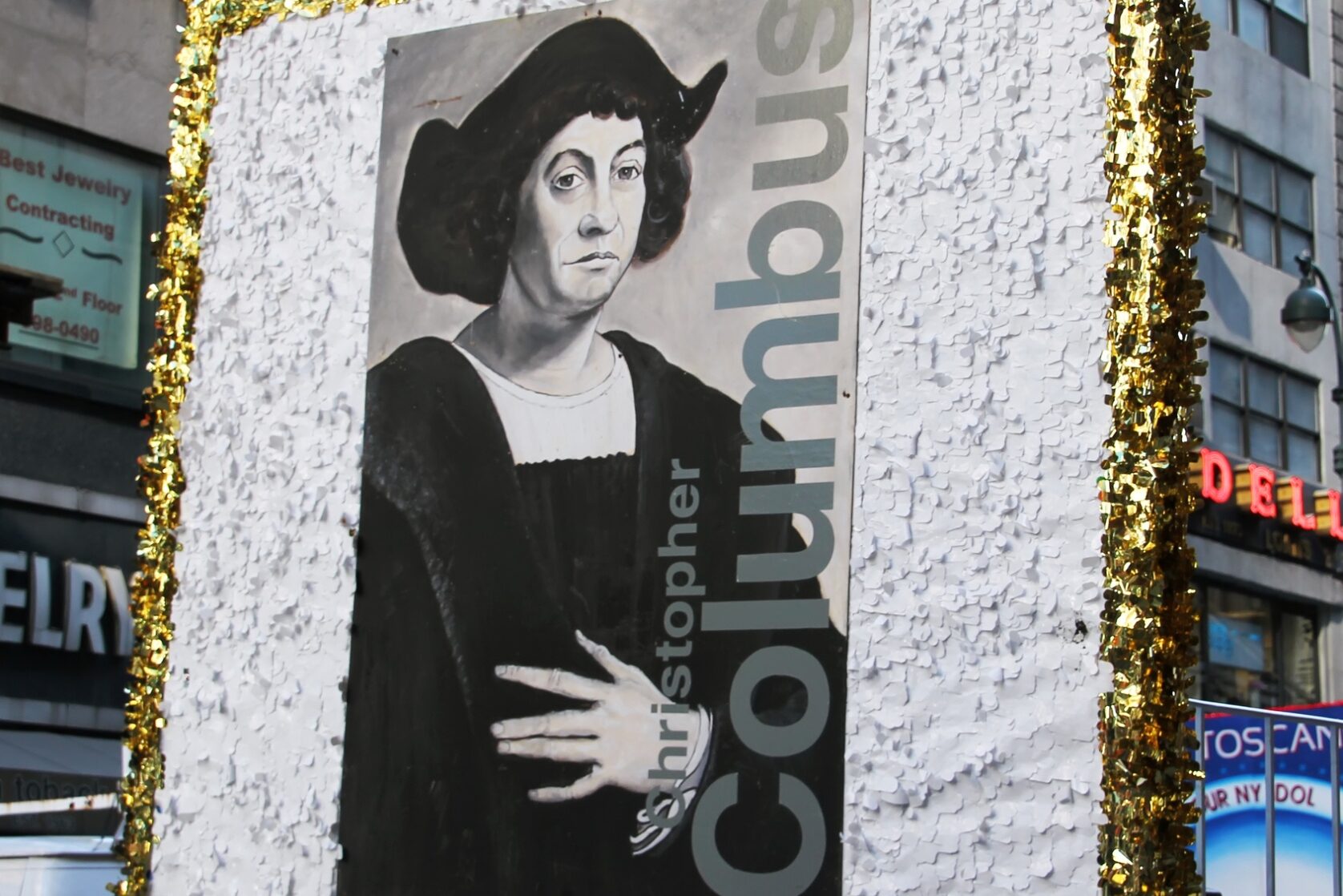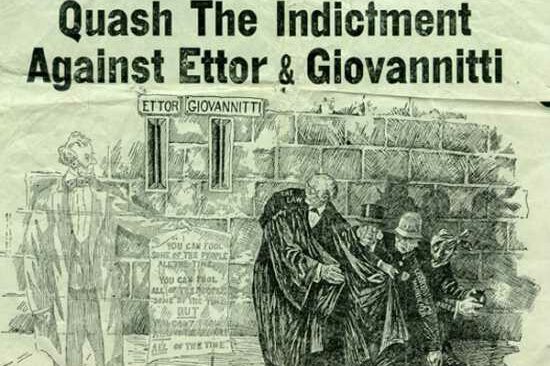Genoa, Italy, as we little Italo-American kids learned in school, was the birthplace of Christopher Columbus, the “man who discovered America”.
Most Italo-Americans who claim Genovese “roots” are not descendants of people born in the city of Genoa, but of people born in little towns and villages near Genoa or anywhere in the Regione of Liguria. Since I do not want all my “Associazione Liguri Nel Mondo” readers and friends to miss out on this golden opportunity to honor dearly departed Italian miner 49er presence in the Gold Country of our “Golden State by contributing generously to the Save the Romaggi Adobe project up in Angels Camp, California, I will run the Romaggi Adobe Restoration project by you once again.
The Romaggi Adobe home was built in 1852 by James Romaggi (born in the village of Romaggi in Liguria). His gold panning efforts, after his arrival around the Horn, made him a rich man at age 24. He could not speak or write English but secured $30,000.00 in Gold in less than six months. He was a stone mason by trade and used the Schist stone he found in his 100 acre Quartz claim, for the home construction. Two stories high with a large cellar for fruit and wine storage, one large room downstairs for a bar, store, card room and stage coach rest stop. The upstairs was divided into three rooms for 6 children and a master suite.
James Romaggi returned to Liguria, married his childhood sweetheart, Luisa Foppiano, and brought her back to Albany Flats (the designation for that area in 1850’s). They had six children, four girls and two boys. They only married into these three families: De Martini, Gazolla and Peirano. Romaggi’s only recorded civic effort, besides managing the general store facility, was he paid for and constructed the “Italian Ditch” that ran from Vallecito to his property to supply water for his fruit trees, grapes and garden. He passed away in 1907 and Luisa died in 1917. The building was rented for some years, then stood vacant and unattended through the 30’s and 40’s.
In 1940 a Mr. Wiltse, second vice-president of the California Historical Society Engineering, designed wooden braces for stability, placed heavy tarps over the building for rain intrusion, had the property surveyed and did an Archeological Survey (County and State requirement), paved an asphalt off ramp from Highway #49 to the site and had several fund raisers for additional restoration.
Mr. Wiltse, an avid writer of books about the transportation in the Gold Country in the Gold Rush Days, purchased the .89 acres that the Romaggi Adobe Association owns today! He was going to restore the building and had sufficient funds for that date in time but died instead in 1944. The Bank of America in Sacramento handled his estate and divided the property into 6 equal shares (1957) and gave them to religious or health organizations in the Bay area of San Francisco. Light House for the Blind, Cannon Kipp Community Home, San Mateo Prevatorium (TB Sanitarium), etc. None of these organizations knew Mr. Wiltse. They also each received a check for $12,500.00 which was a tidy sum in 1957.
In late 2001, an article appeared in an Angels Camp, California, newspaper, that the man who owned 50% of the Romaggi property would give it to some organization or person who had an idea to do something with the property and building! Mr. Adrian Nestor, a retiree living in nearby Greenhorn Creek, visualized a museum highlighting the families of the Gold Country (pictorially) that came into this area searching for Gold, but in some cases had converted to blacksmiths, storekeepers and farmers to support the gold miners instead of continuing their individual search.
This was his concept for the Romaggi home that sits right off Highway #49, a convenient location for a museum. He visited Mr. Corin the next day and was given the 3 shares of the property he owned, using a quit claim deed (total of 6 shares existed). It required two more years for him to locate and secure the other three shares, all by quit claim deed, and at no cost to Mr. Nestor, or the Romaggi Adobe Association, which is now a non-profit, so all donations are tax deductible, under the Calaveras County Foundation umbrella. For those of us who prefer donating by check, make them payable to the Calaveras County Foundation, with a “Save the Romaggi” notation.
By 2006, after a fundraiser and many slide show presentations (Lions Club, Native Sons and Daughters, Rotary Clubs, etc.), the Save the Romaggi Adobe fund reached $26,000.
And with a newly installed Board of Directors they secured Liability Insurance for the building and the Board, put up a monthly rental security fence around the property, and placed signs in both directions on the property. Mr. Nestor, Save the Romaggi Adobe chairman, has also managed to locate and visit with eleven Romaggi descendents who have since generously contributed to the project, but Dear Readers, it is now 2015 and there is still much to be done. Many California history buffs have donated to this project as have Italo-Americans who wish to preserve this reminder of our Italian Heritage in the Gold Country but I think that it is the Liguri Nel Mondo associations all over the globe who should be spearheading this project. Any donations from La Regione Liguria in Italy, or grants from foundations in California with Ligurian connections like Recology, Gallo or B of A would really get this project moving on a faster track. We need your help identifying other proud Italo-American Ligurians.
The years and neglect suffered by the building by hobos and uninvited guests have marred the building to some extent. The task is daunting but must be done to retain the Italian heritage of the local Italian community and its many families with ancestors that go back to the Gold Rush period. Plus, it sits so close to one of the most highly traveled highways in California (foreign visitors traveling the Golden Highway from Coloma to Mariposa and Yosemite) that it would be unfortunate if we can’t restore and convert the home into a historic viewing experience to highlight the Italian stone work and display for children “how it was” when their great great grandparents made their adventure into California.
For more information you can find pictures and info on www.save-romaggi-adobe.com. You can also write, call or text Adrian Nestor, Chairman at Save the Romaggi Adobe, 625 Miwuk Way, Angels Camp, CA 95222. T/F: (209) 736-9522, Email: nest2065@aol.com
These stories from our not too distant past need to be preserved and in this case, in the form of the Romaggi Adobe. If you know or can identify some descendents of the Romaggi related to De Martini, Gazolla or Peirano family or others with Ligurian “roots” who would be interested in supporting this project, please contact Adrian Nestor: 625 Miwuk Way, Angels Camp, CA 95222 or call (209) 736-9522.































